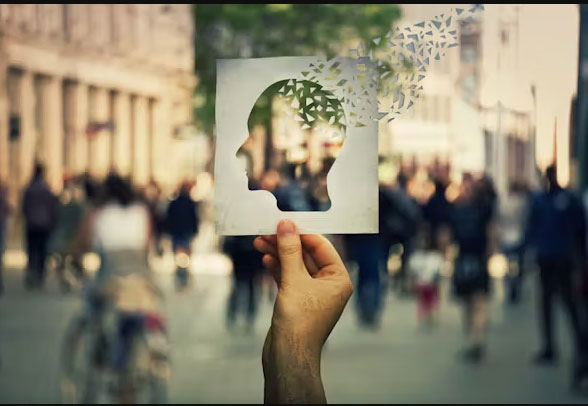People and Memory
Primary tabs

The collective mind worked on the topic “People and Memory.”
- Initially, at the stage of gathering opinions and judgments, it seemed that the topic “People and Memory” had reached an impasse: there is no single people now, and each person has their own memory, whatever it may be...
- However, after gathering opinions from Facebook users, taking into account AI responses, analyzing everything, and logically organizing the data, an interesting picture emerged, which we present here.
The text below is presented in 4D format and represents the first level of perception. The symbol “|+|” indicates a transition to texts of deeper levels. To see everything, follow the link UNITY OF THE PEOPLE AND COMMON MEMORY.
UNITY OF THE PEOPLE AND COMMON MEMORY (4D)
1. TERMS AND CONCEPTS
By “people” we mean that part of society that is united by common interests and the pursuit of good and justice. In the context of national unity, special attention should be paid to identity and its most important component—shared memory, which binds society together.
2. MEMORY DEFINES MENTALITY
Memory is the process of perceiving the world |+|, allowing individuals and society |+| to become aware of themselves |+| and form their personalities |+|. For a nation, memory becomes the foundation of its mentality |+|, defining its unique characteristics.
3. COMMON MEMORY FOR THE FUTURE
The common memory of a people is a living fabric that combines facts, feelings, cultural images, and lessons from the past. It exists not only to preserve the past, but above all for the sake of the future |+|: to ensure continuity |+| and help society avoid repeating mistakes |+|. It is important that this memory belongs to everyone and does not serve narrow interests.
4. WAYS OF TRANSMITTING COLLECTIVE MEMORY
Common memory is passed down to us through myths and legends |+|, in which heroes, saints, and thinkers express the spirit of the people |+|; through documents and historical facts |+|; through events that we have experienced |+| — for example, Maidan |+|. All of this comes together to form a general picture of the past |+|.
5. PRESERVATION OF COMMON MEMORY
Common memory lives on in material and institutional forms |+|, in songs, traditions |+|, and family stories |+|. Today, it is taking on a new dimension—integral collective knowledge in the form of a system of open 4D knowledge bases |+| of the Collective Mind |+|. Thanks to this, anyone can access the knowledge of all humanity |+|.
6. DISTORTION OF COMMON MEMORY BY POLITICIANS AND THE STATE
Politicians and political strategists often distort common memory, turning it into a tool for manipulation and the creation of collective illusions, while avoiding responsibility. This is particularly noticeable in propaganda and the education system. To neutralize such distortions, memory must belong to the whole of society, not just the state.
7. PERSONAL EXPERIENCE AND COMMON MEMORY
Common memory is primarily language |+|, consisting of texts, documents |+|, especially from open sources |+|, cultural artifacts, and even memes |+|. The personal memory and experience |+| of each person is woven into the common fabric |+|, enriching it. Of course, contradictions and redundancies arise here |+|, but society develops ways to integrate them |+|. Modern computers only reinforce this process, acting as an external extension of human memory |+|.
8. MEMORY OF THE COLLECTIVE MIND OF SOCIETY
The Memory of the Collective Mind is the complete memory of society |+|: dynamic, constantly updated |+| structured texts |+| with unlimited expansion possibilities |+|. Based on a multitude of different |+| partial |+| subjective |+| views, rhizomatic technologies give rise to a coordinated result — a consensus among diverse thinkers |+| that ensures unity without violence |+|.
9. COLLECTIVE SUBJECTIVITY
The memory of the Collective Mind of society works similarly to human memory, but at the level of society. This is how collective subjectivity is formed—an intelligent society that exists above individual differences and contradictions.









